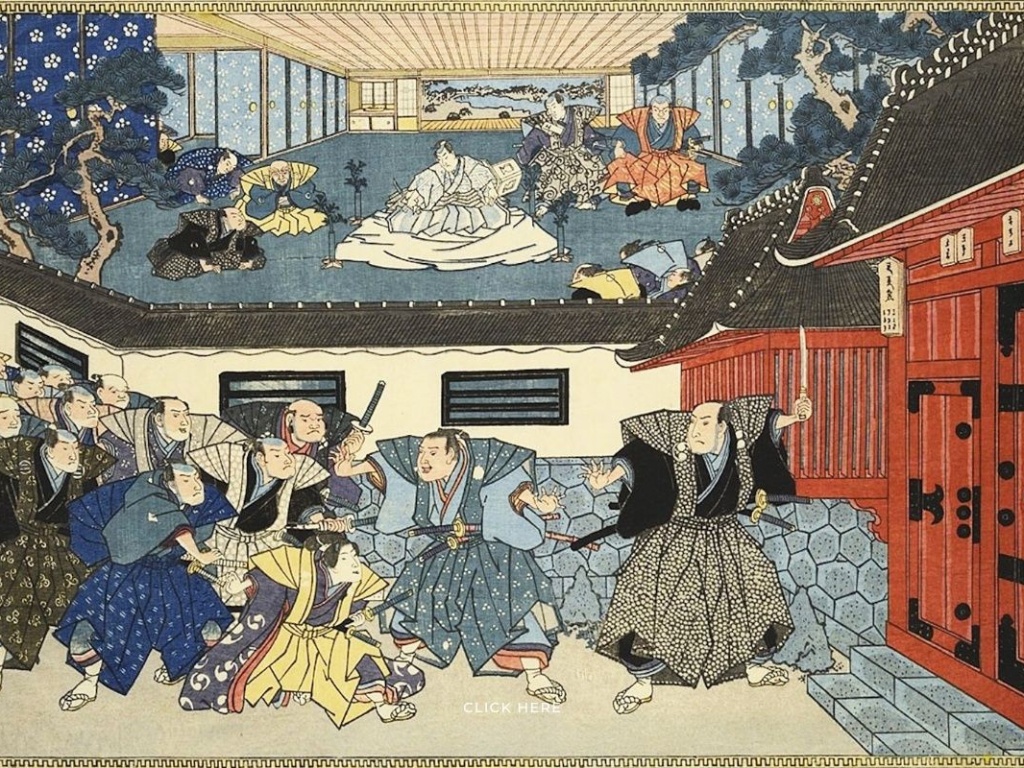The kimono, that distinctive and sophisticated Japanese garment, is much more than just a garment. It is disarmingly beautiful and a symbol of Japanese tradition, deeply recorded in their cultural style and history. From its first appearance to its present day version, the kimono carries a rich and meaningful tradition.
The history of kimono is lost in the depths of time. The first evidence of kimono dates back to the 8th century, during the Heian period. At that time, the kimono was used as everyday clothing by both men and women, and in palace and aristocratic principalities, it had developed into a work of art and a sign of social status. The fabrics, patterns and colours reflected one's status and social role.
During the Edo period (1603-1868), kimono evolved further. It became the official garment for the population and played a central role in social events. The Edo period was a time of peace and stability, and cultural and social development was reflected in the design and manufacture of kimonos.
During the Meiji period (1868-1912), Japan laid the foundations of its modern state and culture. Kimono began to face competition from Western clothing and fashion. However, many retained the traditional costume, especially on special occasions.
In modern Japan, the kimono is often worn on special occasions such as weddings, ceremonies, and festivals. Designers, however, continue to add a contemporary touch to the design by incorporating new materials and patterns.
Kimono, then, remains alive in the heart of Japanese culture. From ancient times to the present day, it has been a blend between tradition and innovation, expressing the aesthetics, social status and evolution of Japanese culture.
Read more about the Edo period
here.
